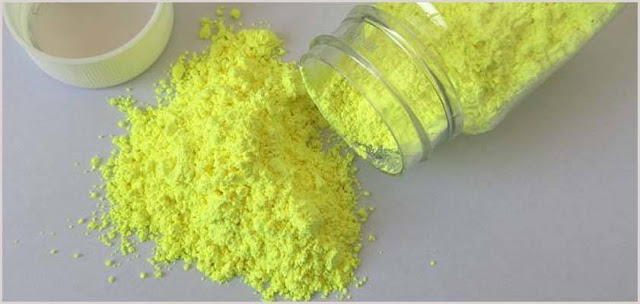Optical Brighteners Work by Improving Vision and Increasing Overall Appearance
Optical brighteners are chemicals
that absorb light in the ultraviolet and violet regions of the spectrum and
then re-emit it in the blue region. They can make vision appear brighter, and
are used in eyeglasses, contact lenses, and sunscreen. In the case of
brighteners, they are classified as low or high-toxicity substances. However,
due to their high production volumes, some of them have large releases of low
toxicity substances. Hence, they will be listed under REACH regulations.
Fluorescent Brightener 220 and C.I. Fluorescent Brightener 220 are high
production volume chemicals and therefore will be subject to REACH regulation.
According to Coherent Market Insights the Optical
Brighteners Market Global Industry Insights, Trends, Outlook, and
Opportunity Analysis, 2022-2028
They are often found in
wastewater. These chemicals can help identify bacteria in a community water
supply, but they are not biodegradable. As such, they will not disappear unless
disposed of properly. Scientists are still studying the risks of brighteners.
They play a significant role in
conservation and preservation. They improve the color and brilliance of certain
items and are especially useful in the case of works from the second half of
the twentieth century. Different optical brighteners have different chemistry,
longevity, and appearance, and interact differently with conservation
procedures. They can be used in textiles to change the color of the product.
The disodium distyrlbiphenyl disulfonate is a good example. It has noncertified
status in the United States but is allowed in pharmaceuticals and cosmetics. It
is also approved for use in the European Union. During the initial sampling of
laundry detergents, optical brighteners were detected on all sampling pads, and
a higher concentration was found in the diluted solution exposed for one minute.
The opacity of OBs in wastewater was reduced three days after the first
reading, possibly due to bacterial breakdown. Nonetheless, they are not the
only source of odors in wastewater. They have also been detected in storm
drains.




Comments
Post a Comment